
Etching is traditionally the process of using strong acid or mordant to cut into the unprotected parts of a metal surface to create a design in intaglio (incised) in the metal. In modern manufacturing, other chemicals may be used on other types of material. As a method of printmaking, it is, along with engraving, the most important technique for old master prints, and remains in wide use today. In a number of modern variants such as microfabrication etching and photochemical milling it is a crucial technique in much modern technology, including circuit boards.

Printmaking is the process of creating artworks by printing, normally on paper, but also on fabric, wood, metal, and other surfaces. "Traditional printmaking" normally covers only the process of creating prints using a hand processed technique, rather than a photographic reproduction of a visual artwork which would be printed using an electronic machine ; however, there is some cross-over between traditional and digital printmaking, including risograph. Except in the case of monotyping, all printmaking processes have the capacity to produce identical multiples of the same artwork, which is called a print. Each print produced is considered an "original" work of art, and is correctly referred to as an "impression", not a "copy". However, impressions can vary considerably, whether intentionally or not. Master printmakers are technicians who are capable of printing identical "impressions" by hand. Historically, many printed images were created as a preparatory study, such as a drawing. A print that copies another work of art, especially a painting, is known as a "reproductive print".
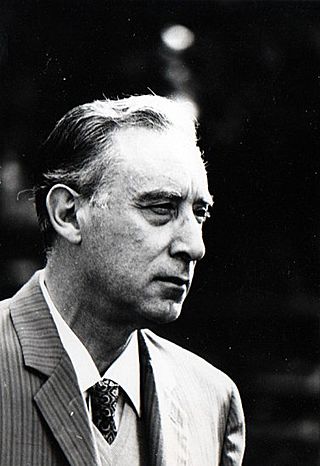
Mario Luzi was an Italian poet.

Barga is a medieval town and comune of the province of Lucca in Tuscany, central Italy. It is home to around 10,000 people and is the chief town of the "Media Valle" of the Serchio River.
Ray H. French was an American printmaker, painter, sculptor and artistic innovator. He attended the John Herron School of Art and received his Bachelors and Masters of Fine Arts at the University of Iowa under professor and artist Mauricio Lasansky. While French studied, traveled, and exhibited nationally and internationally, he remained dedicated to his home state of Indiana, which served as a strong artistic inspiration to him. In addition to his artistic career, French was also on the faculty of DePauw University from 1948 to 1984. Following his retirement from university service, French continued to create artwork in his private studio until his death in Greencastle, Indiana.
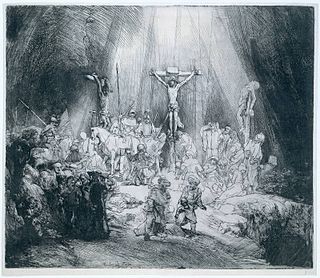
An old master print is a work of art produced by a printing process within the Western tradition. The term remains current in the art trade, and there is no easy alternative in English to distinguish the works of "fine art" produced in printmaking from the vast range of decorative, utilitarian and popular prints that grew rapidly alongside the artistic print from the 15th century onwards. Fifteenth-century prints are sufficiently rare that they are classed as old master prints even if they are of crude or merely workmanlike artistic quality. A date of about 1830 is usually taken as marking the end of the period whose prints are covered by this term.
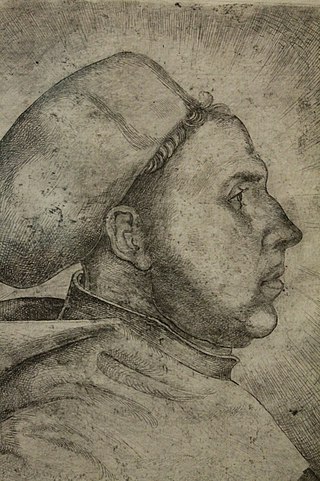
Daniel Hopfer was a German artist who is widely believed to have been the first to use etching in printmaking, at the end of the fifteenth century. He also worked in woodcut. Although his etchings were widely ignored by art historians for years, more recent scholarship is crediting him and his work with "single-handedly establishing the salability of etchings" and introducing the print publisher business model.
Rodolfo Ceccotti, where he lives and works as a painter and printmaker. After teaching in Carrara, he became a lecturer in Printmaking Techniques at the Fine Art Academy in Florence. Since 1996, he has also been Director of Studies at the Scuola Internazionale per la Grafica d'Arte Il Bisonte in Florence.
Quinto Martini (1908–1990) was an Italian artist and writer, born in Seano, Tuscany.
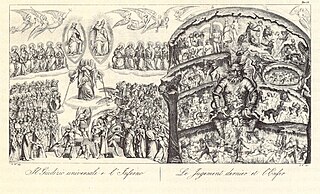
Carlo Lasinio was an Italian engraver.

Hubertine Heijermans was a figurative painter, a multi-plate etching artist, Swiss printmaker and engraver, living in Canton de Vaud, Switzerland since 1958.

Antonio Papasso is an Italian painter and engraver.

Emanuele Brugnoli was an Italian painter and engraver, mainly of vedute of Venice and northern Italy.
Antonio Nardini was an Italian historian and author.
Marsha Steinberg is a Florentine artist, whose works include drawings, etchings and paintings. She is Coordinator of the Studio Art Program at the California State University Program, Florence and is professor of painting at the Italian International Institute, Lorenzo de' Medici in Florence, Italy.
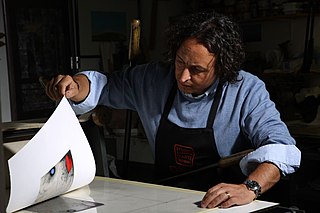
Sandro Bracchitta is an Italian printmaker.
Sarai Sherman was a Pennsylvania-born Jewish American artist whose work, both in America and Europe shaped international views of women and abstract expressionism. She was a significant twentieth century painter and sculptor known for her abstract paintings, prints and ceramics.
Francesca Genna is an Italian academic, printmaker and artist.
Clare Romano (1922–2017) was an internationally known American printmaker and painter with works in the Metropolitan Museum of Art, the Museum of Modern Art, the Smithsonian American Art Museum, the Cooper Hewitt, Smithsonian Design Museum and other major collections. As an advocate, innovator, and educator in the field of printmaking, Romano has co-authored in collaboration with her husband, John Ross, The Complete Printmaker (1972), The Complete Collagraph (1980), and several other printmaking manuals that have become standard texts for universities. They founded their High Tide Press for artists books in 1991.
Augusta Payne Briggs Rathbone was an American painter, etcher and printmaker. She studied at the University of California, Berkeley and in Paris. She depicted people and locations from San Francisco, the Sierra, New York City, the West Coast of Canada, the Canadian Rockies, and France. In 1938, she published a book of aquatints of French Riviera Villages with photographs by Juliet Thompson and text by Virginia Thompson. Her work appeared internationally in group and solo exhibitions, and continues to appear in retrospectives of American printmaking.










